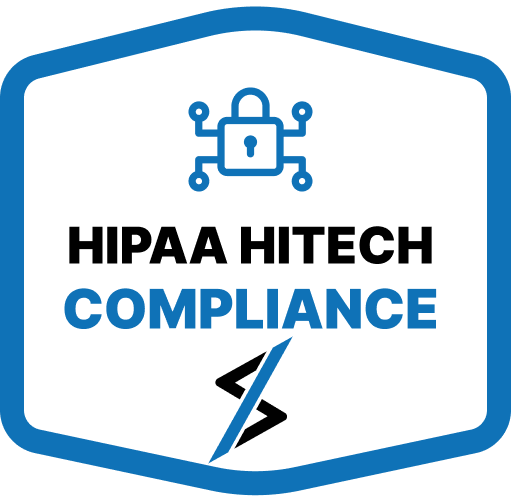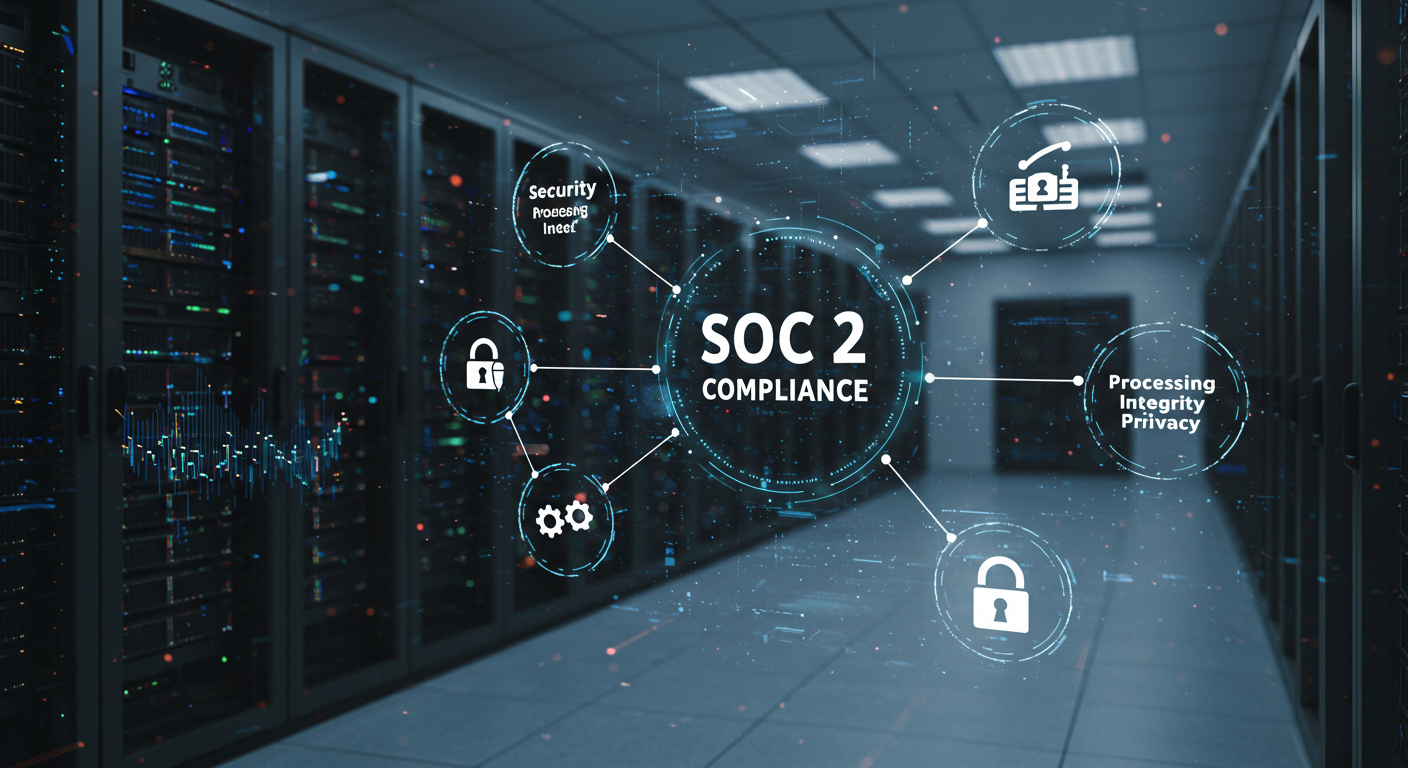Introduction
Importance of HIPAA Compliance for Healthcare Organizations
Achieve HIPAA Compliance – HIPAA (Health Insurance Portability and Accountability Act) compliance is essential for healthcare organizations to protect patient information and maintain trust. Compliance ensures the confidentiality, integrity, and availability of protected health information (PHI), which is vital for safeguarding patient privacy and securing sensitive data.

Consequences of Non-Compliance
Non-compliance with HIPAA regulations can lead to severe consequences, including substantial fines, legal actions, and damage to the organization’s reputation. Data breaches can result in the loss of patient trust, financial loss, and significant operational disruptions.
Role of Cybersecurity in Achieving HIPAA Compliance
Cybersecurity is a critical component in achieving HIPAA compliance. Implementing robust security measures protects PHI from unauthorized access, breaches, and other cyber threats. A comprehensive cybersecurity strategy ensures healthcare organizations meet HIPAA requirements and secure patient data.
II. Understanding HIPAA Regulations
Overview of HIPAA Privacy Rule
The HIPAA Privacy Rule establishes national standards for the protection of PHI. It regulates how healthcare providers, health plans, and their business associates handle and share patient information, ensuring that patient data is kept confidential and secure.
Overview of HIPAA Security Rule
The HIPAA Security Rule sets standards for safeguarding electronic protected health information (ePHI). It requires covered entities to implement administrative, physical, and technical safeguards to protect ePHI from unauthorized access and ensure its confidentiality, integrity, and availability.
Covered Entities and Business Associates
Covered entities include healthcare providers, health plans, and healthcare clearinghouses that handle PHI. Business associates are organizations or individuals that perform functions or activities involving the use or disclosure of PHI on behalf of a covered entity. Both must comply with HIPAA regulations to ensure the security and privacy of PHI.
III. Conduct a Risk Assessment
Identify Protected Health Information (PHI)
The first step in achieving HIPAA compliance is to identify all forms of PHI within the organization. This includes electronic, paper, and verbal information that can identify an individual, such as patient records and billing information.
Evaluate Current Security Measures
Assess the current security measures in place to protect PHI. Evaluate administrative, physical, and technical safeguards to determine their effectiveness in preventing unauthorized access and protecting sensitive data.
Identify Potential Vulnerabilities and Threats
Identify potential vulnerabilities and threats to PHI, such as unauthorized access, data breaches, and cyberattacks. Evaluate the likelihood and impact of these threats to determine the risk they pose to PHI security.
Document Findings and Create a Risk Management Plan
Document the findings of the risk assessment and develop a risk management plan. This plan should outline strategies to mitigate identified risks and enhance security measures to protect PHI. Regularly update the plan to address new threats and vulnerabilities.
IV. Implement Administrative Safeguards
Develop and Maintain Policies and Procedures
Create and maintain comprehensive policies and procedures to ensure HIPAA compliance. These policies should cover the handling, storage, and sharing of PHI and provide guidelines for securing patient data.
Designate a HIPAA Compliance Officer
Appoint a HIPAA compliance officer responsible for overseeing compliance efforts, implementing policies, and ensuring the organization adheres to HIPAA regulations. This individual should have a thorough understanding of HIPAA requirements and cybersecurity best practices.
Train Employees on HIPAA Regulations and Policies
Provide regular training to employees on HIPAA regulations, organizational policies, and the importance of protecting PHI. Training should cover security best practices, incident response procedures, and breach notification requirements to ensure employees are aware of their responsibilities.
Establish Breach Notification Procedures
Develop procedures for detecting, reporting, and responding to data breaches. Ensure employees are aware of their roles and responsibilities in the event of a breach and understand the steps to take to mitigate the impact and prevent future incidents.
V. Implement Physical Safeguards
Secure Physical Access to PHI
Restrict physical access to areas where PHI is stored or processed. Use locks, access control systems, and surveillance to protect these areas from unauthorized access and ensure only authorized personnel can access sensitive data.
Implement Workstation Security Measures
Ensure workstations used to access or process PHI are secure. This includes using screen privacy filters, locking screens when unattended, and restricting access to authorized personnel to prevent unauthorized access to PHI.
Properly Dispose of PHI
Establish procedures for the secure disposal of PHI, including shredding paper records and securely deleting electronic files. Ensure disposal methods prevent unauthorized recovery of PHI to maintain data security.
Maintain Facility Security Plan
Develop and maintain a facility security plan that outlines measures to protect PHI within the physical premises. This plan should address access controls, environmental controls, and emergency response procedures to ensure the security of PHI.
VI. Implement Technical Safeguards
Implement Access Controls
Use access controls to restrict access to ePHI based on user roles and responsibilities. Implement strong authentication mechanisms, such as passwords and biometric verification, to ensure only authorized personnel can access sensitive data.
Use Encryption for Data at Rest and in Transit
Encrypt ePHI both at rest and in transit to protect it from unauthorized access. Use strong encryption protocols and ensure encryption keys are securely managed to maintain data security.
Implement Audit Controls and Activity Logs
Implement audit controls to track and log access to ePHI. Regularly review activity logs to detect and respond to unauthorized access or suspicious activities to ensure data security and integrity.
Ensure Data Integrity and Transmission Security
Implement measures to ensure the integrity of ePHI and secure its transmission. Use checksums, hash functions, and secure communication protocols to prevent data tampering and unauthorized interception, ensuring data security.
VII. Establish Business Associate Agreements
Identify Business Associates
Identify all business associates that handle or process PHI on behalf of the organization. Ensure these entities are aware of their responsibilities under HIPAA and comply with HIPAA regulations to protect PHI.
Define Roles and Responsibilities
Clearly define the roles and responsibilities of business associates in protecting PHI. Ensure they understand their obligations and comply with HIPAA requirements to maintain data security.
Establish Contractual Requirements for HIPAA Compliance
Develop and enforce contractual agreements that require business associates to implement appropriate safeguards and comply with HIPAA regulations. These agreements should include provisions for breach notification and liability for non- compliance to ensure data security.
VIII. Regularly Review and Update Compliance Measures
Conduct Periodic Risk Assessments
Regularly conduct risk assessments to identify new threats and vulnerabilities. Update the risk management plan based on the findings of these assessments to maintain data security.
Update Policies and Procedures as Needed
Review and update policies and procedures to reflect changes in regulations, technology, and organizational practices. Ensure all updates are communicated to employees and business associates to maintain compliance with HIPAA regulations.
Provide Ongoing Employee Training and Awareness
Continue to provide regular training and awareness programs for employees. Keep them informed about new threats, best practices, and updates to HIPAA regulations to ensure data security.
Monitor and Audit Compliance Efforts
Regularly monitor and audit compliance efforts to ensure the organization adheres to HIPAA requirements. Use audit findings to identify areas for improvement and implement corrective actions to maintain data security.
IX. Conclusion
Recap the Importance of Achieving HIPAA Compliance
HIPAA compliance is essential for protecting patient information and maintaining trust in healthcare organizations. It ensures the confidentiality, integrity, and availability of PHI, safeguarding patient data.
Emphasize the Role of Cybersecurity in Protecting PHI
Cybersecurity plays a critical role in achieving HIPAA compliance by implementing robust security measures to protect PHI from cyber threats and unauthorized access. A comprehensive cybersecurity strategy ensures healthcare organizations meet HIPAA requirements and secure patient data.
Encourage Organizations to Prioritize and Maintain HIPAA Compliance Efforts
Healthcare organizations must prioritize and maintain their HIPAA compliance efforts to protect patient data and avoid the severe consequences of non-compliance. By following this step-by-step guide, organizations can achieve and sustain HIPAA compliance, ensuring the security and privacy of patient information. Get in touch with us.







